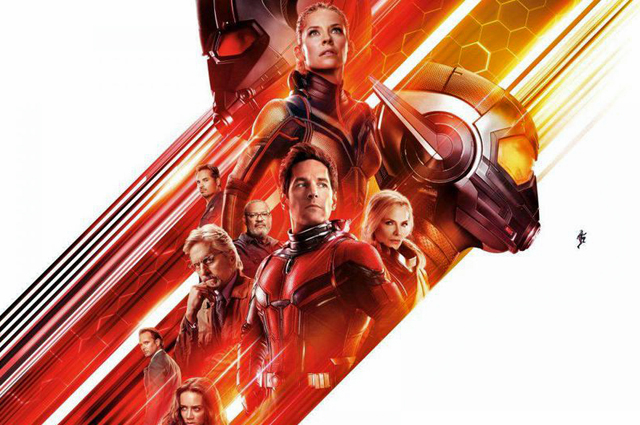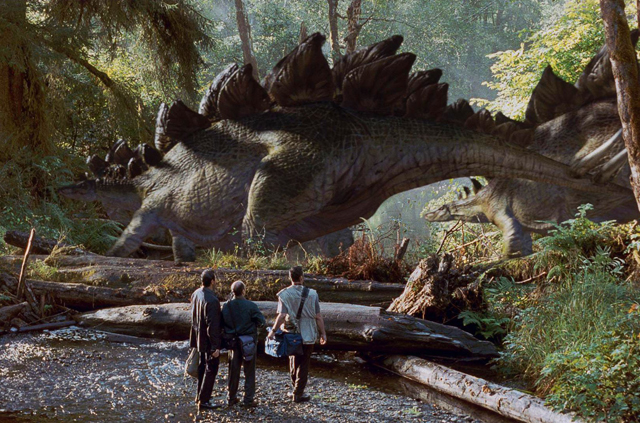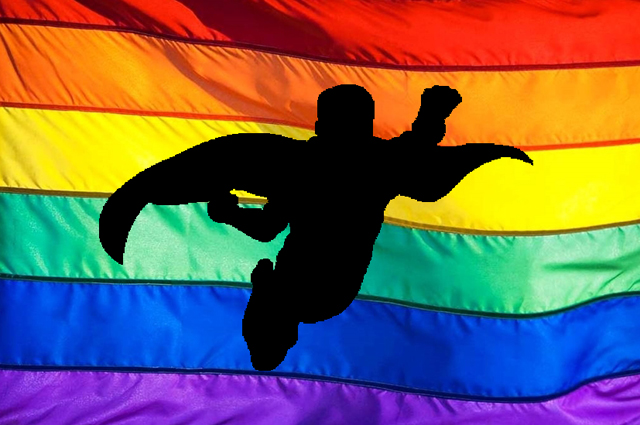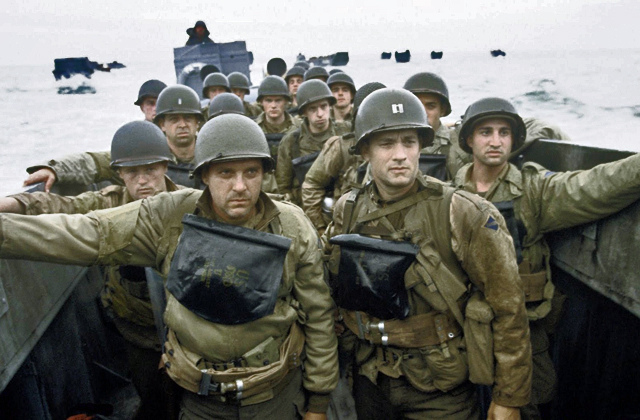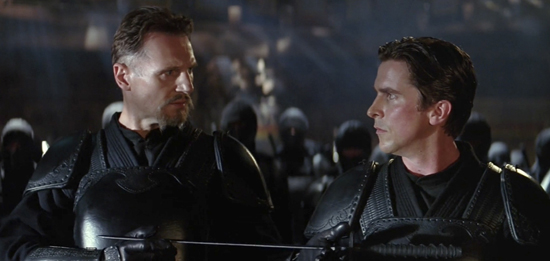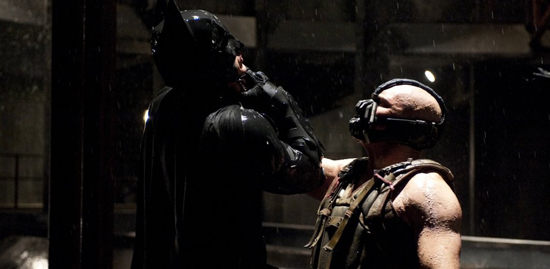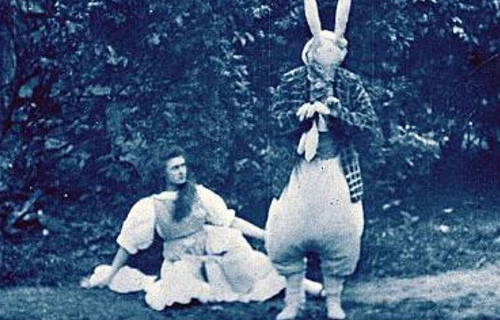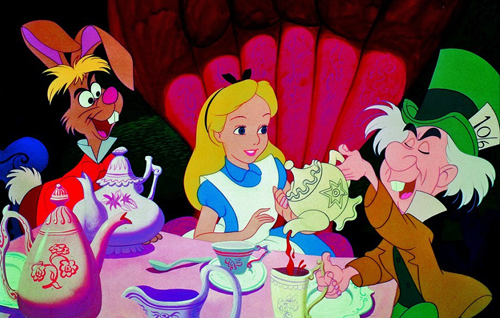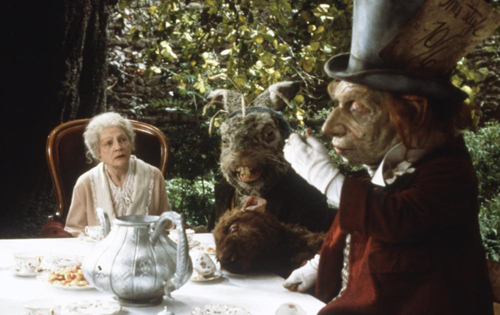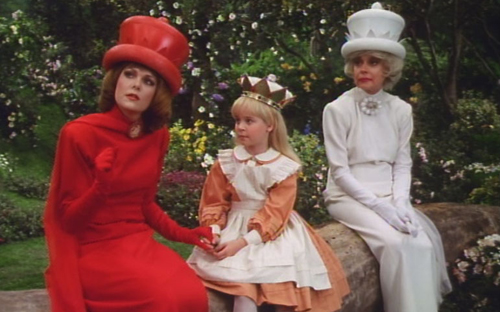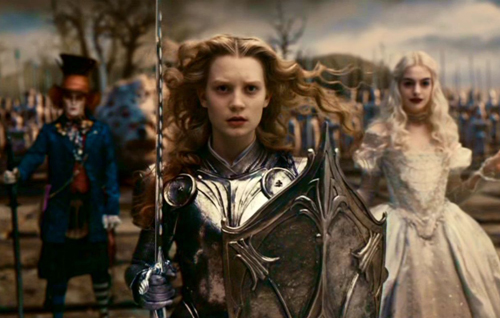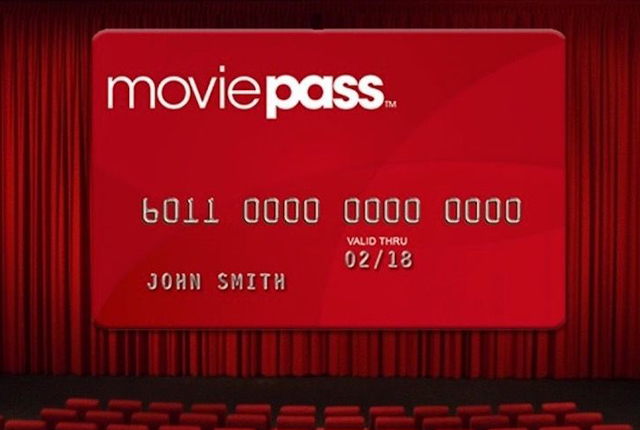
Ever since the first roll of celluloid ran through the mechanisms of the first projector, the medium of film has always been for the purpose of drawing an audience. And with the advent of cinema, a new industry built up to serve the needs of accommodating those audiences. Concert Halls and Opera Houses gave way to the movie palaces of early Hollywood, and then later expanded into the local neighborhood multiplex capable of screening multiple movies to thousands of people per day. The movie theater is almost as synonymous with the identity of Hollywood as the studio lot itself. It’s no mistake that Hollywood’s most visited landmarks are both the Hollywood sign and the Chinese Theater. And yet, movie theaters have always had to struggle to compete with newer ways to consume media. First it was television, which brought the experience of watching a movie into the living room. Then came home video, which gave the viewer the choice of watching a movie on their own time. Now, streaming services have become the biggest threat to the well being of the movie theater industry, as on demand media allows the viewer to take movies on the go and watch from pretty much everywhere. Not only that, but streaming channels like Netflix and Amazon are actively trying to compete with major studios for exclusive content, taking even blockbuster level entertainment away from cinemas and puting them on their platforms. But, if there is one constant with the movie theater industry over the years, it’s their continued efforts to adapt to new challenges as they compete for audience attention. Some theaters adapt better than others, but the ones that do make the most effort to change are also the most innovative and create some of the most long-lasting changes in the way we watch the movies.
Having worked in the movie theater business myself for 4 1/2 years while I was attending college, I witnessed some of those changes take hold and become the new standards in the industry. Probably the biggest one I witnessed was the conversion to digital projection. When I started, all our movies still ran on celluloid on every screen, until one day we received our first digital projector. This allowed us to screen movies for the first time in 3D, which became a big draw for our little theater for a while. Around the time that Avatar (2009) roared into theaters, the necessity for digital projection became paramount and eventually every projector in the theater was replaced with the digital model. The 3D craze died down in the decade since, but digital projection was here to stay, and this is an evolution that wouldn’t have happened had the market not shifted so quickly. 3D and digital projection are only some of the many innovations that have come out of competition with other media platforms; others include Widescreen, Drive-In, surround sound, IMAX, and even reclining chairs. Some chains of theaters even draw inspiration from their competitors, like how the Alamo Drafthouse chain in Texas has brought the concept of Dine-In theaters to public attention, something that you see available in other places now through some of the larger theater chains. While all these innovations help to make the movie going experience more special, they also come at a higher price, and sometimes they aren’t enough to pull their audience away from the comforts of their own home for very long. The sad truth is that movie theaters are constantly in an uphill battle to prove their worth in a time where convenience dictates peoples attention. So, after trying so many ways to make the experience of watching a movie more worthy of the price of a ticket, theaters are looking for a different kind of innovation today; one that affects the way we buy tickets in the first place.
Drawing inspiration from it’s current competitors (Netflix and Amazon), the movie theater business is trying a new tactic to bring people back to the cinema; a subscription plan. Just like how Netflix allows for unlimited streaming of their content for a low monthly fee, movie theaters are now considering doing the same, which would greatly alter the way ticket pricing is done within the industry. Enter the innovators behind this concept; the MoviePass subscription service. Launched in 2011, MoviePass gave subscribers the opportunity to select one movie a week to watch for the low fee of $10 a month. Now the average movie goer usually watches one or two movies a month, so for anyone (like me) who watches more than that each month, this was an incredible deal. Each member would get their own debit card which would be pre-loaded with the value of the ticket once it was selected through the online app, and then that member would use the card to pick up their ticket at the box office, basically seeing the movie on the MoviePass company’s dime just as long as they kept paying their fee each month. For the cinephiles, this was a dream come true, because now they could watch as much as they wanted without breaking the bank. There was resistance from major chains like AMC and Regal, who believed that the business model for this was unsustainable and reckless; and yet they themselves are now trying their own subscription based services in response. Regardless of the skepticism that MoviePass has faced over it’s business model, there is no question that they are having an effect. 2018’s box office is already the highest in history, and that includes a significant boost in ticket sales as well; not just with prices. People are going to the movie theaters again, and this may be due to the MoviePass influence. In just a short amount of time, this service has already moved the industry in a new direction. There is only one problem, though; they might live long enough to see the lasting effect of their influence.
As of this writing, MoviePass is in dire economic straits as their business model is starting to prove to be unsustainable as many people feared. According to Deadline Hollywood in May 2018, the company only had enough funds to remain solvent for the next three months, which means a moment of reckoning is coming in the next couple weeks as the deadline nears. Primary among all the concerns is the fact that MoviePass’ low subscription fee didn’t justify the amount of money spent on the access the membership allowed. People who used the service were watching more, but they weren’t spending more. Theater chains and movie studios have always taken a percentage off of the price of a ticket, with studios collecting the majority share and theaters balancing their take with profits off of concession purchases. MoviePass would get an even smaller percentage off of those numbers, and yet their profits remained low or non-existent because they were giving such a bargain out to their subscribers. Now, it’s not unusual that a company builds itself up through accruing debt in it’s early days. Netflix is still running up high debt as they cobble up expensive content for their service, and that has made their brand more valuable over time as their service becomes more desired for newer subscribers who wants to see their many exclusives. MoviePass, despite an astounding rise in subscribers over the last couple years, still isn’t seeing enough growth to justify the spending that they are putting into their service, and as a result, they are now hemorrhaging funds. Their parent company, Helios & Matheson Analytics was hit with a massive trade-off in March of this year, which saw their stock freefall and the value of MoviePass dwindle down to cents on the dollar. As a result, MoviePass was forced to change their subscription plans, which irked long time members, especially when they attempted to make the changes stealthily. Now, MoviePass not only has lost confidence with investors, but also with it’s once faithful member base, and this has left it in the most dire of straits.
MoviePass may not survive to the end of this year, but it’s impact will still leave a mark on the industry as a whole. As stated earlier, AMC and Regal are already trying out their own services based on the MoviePass model, with payment plans that probably will be more sustainable in the long run. MoviePass, for all it’s faults, did address something very important that was affecting the industry as a whole, which was the often out of control movie ticket prices. This is an industry wide issue that extends beyond the movie theaters and goes all the way to Hollywood itself. One thing that has become a problem for the industry over the years has been the ballooning costs of movie productions. Whether it’s to finance the enormous salaries of the all star casts, or to pay for costly visual effects, or to “fix” problems found in post-production with re-shoots, movies have become far more expensive to make, and that cost translates into more premium ticket prices as they studios try to offset the damage to their bottom line. As a result, we’ve significant decline over the years in the number of tickets sold. Sure, box office numbers remain high, but when adjusted to inflation, you’ll see that movies today are attracting fewer viewers today than films released decades ago. The types of movies that make money today are also representing a narrower field, typically falling into the action adventure or horror genres. And that’s because people today will only go out to the movie theater if the film looks worthy enough of the high ticket price. This changed very much with MoviePass’ help, as more people were willing to go to the movie theater to see any type of movie; something that was especially beneficial to the alternative independent film market. It still hasn’t addressed the bigger problem of out of control movie production costs, but the fact that the less typical films are bringing people to the movie theaters as the ticket price factor has been eliminated is something that is becoming a good overall change in the industry.
The industry as a whole needs to reevaluate the way it produces media for mass consumption. Typically the bigger the movie is, the more likely it’s supposed to draw an audience, but this has not always been the case. Huge box office flops like Speed Racer (2008), The Lone Ranger (2013), and last year’s King Arthur: Legend of the Sword (2017) prove that no amount of money you throw at a film is going to save it from failure. But, the industry has been slow to follow trends, and many movies often come out too late to leave an impact as a result. You only get a tiny sliver of time to become a hit at the box office. Many classics that we revere today in fact found their audience afterwards on home video, like The Big Lebowski (1998) and The Iron Giant (1999), which shows that trying too hard to push a movie into success in the movie theaters is also not a cost-effective measure either. The often less factored in aspect of the industry that also bleeds studios dry is the marketing of these movies. Marketing budgets often can exceed the cost of the movie itself, especially when the studio knows that it has a bomb on their hands, and this makes it even more damaging when the marketing fails to bring the audience to the movie theater. With a different pricing structure in place, like what MoviePass brought, people’s decisions on what they want to see can in effect change the way these movies are marketed too; perhaps in a way that may help the studio save some money. One thing that would help is to consider balancing out what ends up in the theater with more modestly budgeted movies. The kind of movies that wouldn’t have been cost effective before could see new life with a subscription based plan, so that the viewer doesn’t feel bad about wasting money on catching a movie first in the theater, instead of waiting for it to show up on TV. Instead of trying to convince people that every movie is a “must see,” it might work better in the long run to present a “check this out” method of selling their movies.
What works so well for services like Netflix is the fact that they’ve made their service itself a must see destination. Upon the viewing of every movie their audience wishes to see, they also offer up a dozen suggestions for something else, based on an algorithm designed into their database that analyzes our viewing patterns. This kind of servicing could be valuable to a movie theater service like the one MoviePass runs, because it goes much further than what the regular trailer or teaser poster in the lobby can do to generate hype for each movie. When a person uses a subscription service that takes the pain out of buying multiple tickets each week, they are more inclined to learn about what else is available to see. That’s when suggestions similar to Netflix’s can be helpful in attracting people’s attentions to movies they otherwise would have skipped. Movie theaters in general can target more directly to each viewer, and this isn’t just limited to other movies available. Loyalty programs can allow them to save a little on concession snack that they otherwise would have skipped out on, which would greatly help the theaters make up the extra cost of running the subscription plan. Netflix’s success comes out of the fact that they’ve figured out the best way to bring in new subscribers, and that has enabled them to spend so much on exclusive content, without spending too much extra on costly promotion. In a market where theaters are competing with a service that is proving more cost effective in reaching an audience without the need of heavy marketing, this is absolutely the desired direction that they must go in order to remain relevant. It may be too much of a bargain to make sense right away, but as membership increases and loyalty programs become more generous and effective, you’ll see a whole new life brought into this aging industry.
If anything, MoviePass could stand out through history as a trendsetter rather than an industry standard. Most likely it will remain a cautionary tale of how not to grow a business, but even still, it’s legacy will be felt for years to come. Already, it is beginning to create an effect on out-of-control ticket pricing and making Hollywood reevaluate how much they should spend on each film. Is it something that is going to become an industry standard? That we don’t know yet, but it will become an alternative that will in some way change how we go to the movies. And in the end, this is something that reflects the long standing tradition of the movie theater industry working against the current with regards to appealing to audiences taste. For a lot of people, it seems undesirable to leave their homes and fork over $15 to watch a mediocre movie in a room full of strangers; even worse if those strangers are also loud and obnoxious. If a low monthly fee is all that it takes to get that same person to consider seeing one movie or more a month despite all that, then this is a service that will greatly help the movie theater survive in the long run. MoviePass tried their best to make it work independently, but this will ultimately be something that the theater chains themselves will carry through into the future. Sure, a lot of MoviePass’ problems arose from a poorly planned out business structure, and also the way it alienated itself from movie theaters who did business with them and subscribers who were unhappy with the unannounced price hikes, but the concept behind their service is something that movies need right now. We needed something to balance the out of control costs that were starting to damage both the movie studios and the film industry, and while MoviePass was not a fix all solution, it nevertheless made the industry as a whole take note and begin to reevaluate. So, in a couple of weeks, we will know if MoviePass subscribers will still be able to enjoy the same benefits as before, or if they’ll have to sign up for something new, or go back to watching movies at home like they used to do more often. In any respect, I would love to see MoviePass or something like it become more of a standard within the industry, because it’s bringing people back to cinemas as a whole, and as a fan of the movie-going experience, I see this as a great thing for the future of movies.
